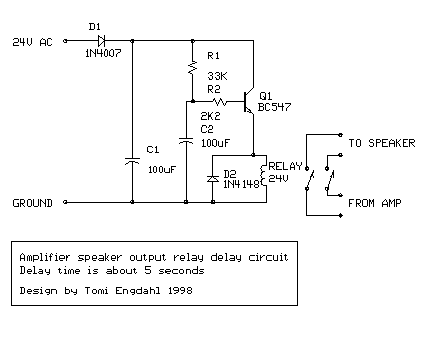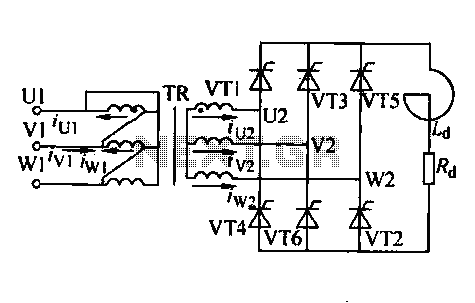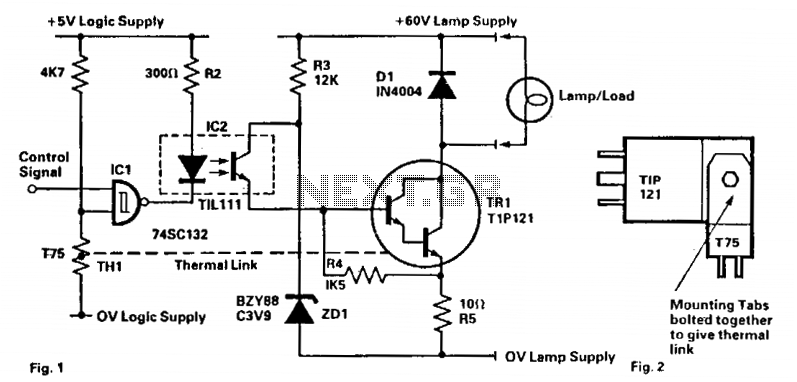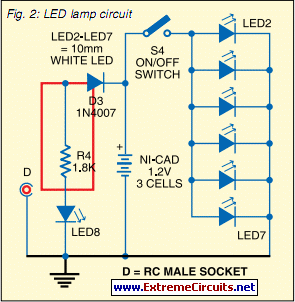
Automation of Lamp Relay Controlled with RF
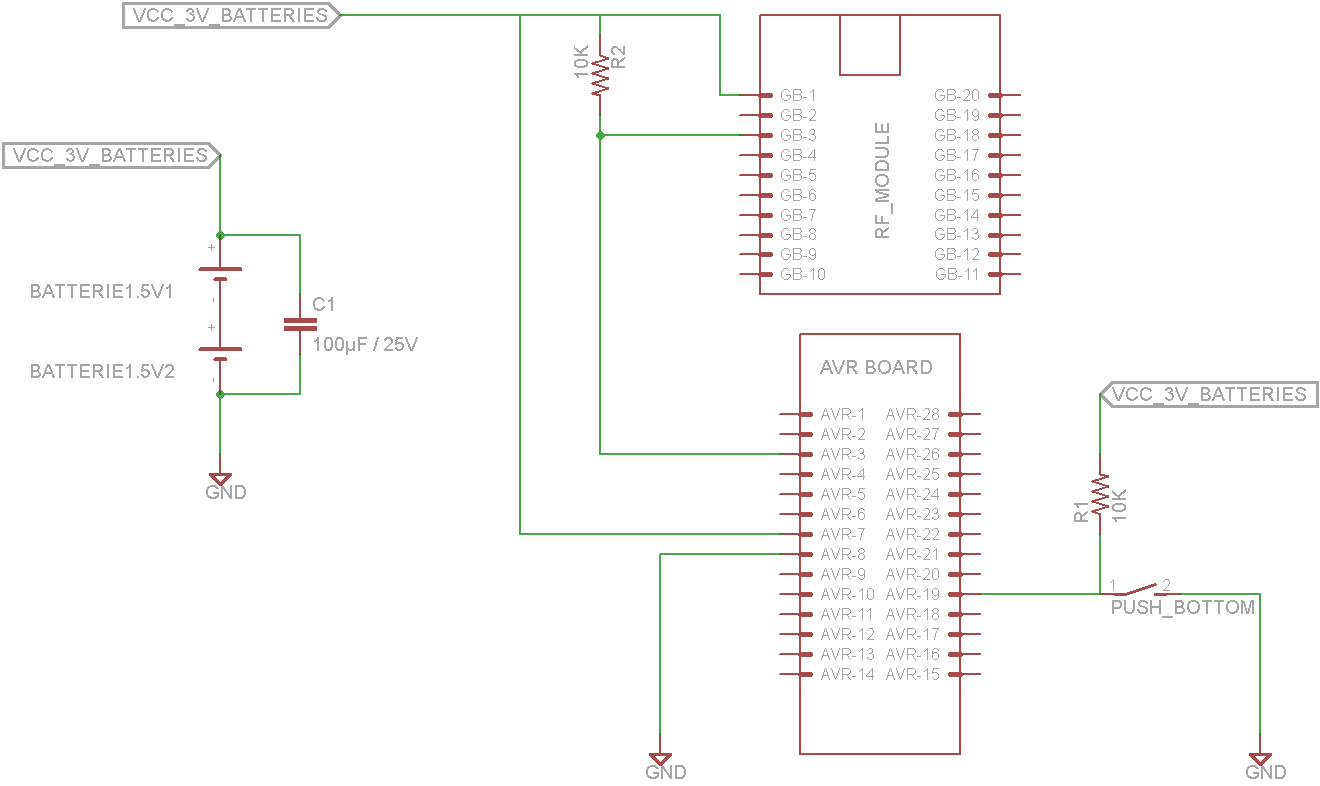
This tutorial demonstrates concepts for creating a lamp with dual actuation. The lamp can be controlled through a parallel switch or by a relay that is managed using an RF module based on the ZigBee protocol (IEEE 802.15.4). The circuit functions as a receiver, controlling the load through a relay module, an RF module, and a parallel switch. It is responsible for receiving commands and switching the load. This setup is designed to fit inside the electrical box within the wall.
The circuit design incorporates a dual actuation mechanism that enhances user convenience by allowing control through both a manual switch and a wireless RF module. The RF module operates on the ZigBee protocol, which is well-suited for low-power, low-data-rate applications such as remote control of lighting systems. This approach allows for seamless integration into existing home automation systems.
The schematic includes a relay module that acts as a switch to control the power supplied to the lamp. When the parallel switch is activated, it directly completes the circuit to the lamp, allowing for manual control. Simultaneously, the RF module listens for commands sent from a ZigBee-compatible remote or control panel. Upon receiving a signal, the RF module triggers the relay, switching the lamp on or off as per the command.
In terms of component layout, the RF module is connected to a microcontroller that interprets the incoming signals. The relay module is interfaced with the microcontroller, allowing it to control the high-voltage circuit safely. The entire assembly is designed to fit within a standard electrical box, ensuring that it meets safety standards and does not interfere with the aesthetics of the installation.
Power supply considerations must be addressed, ensuring that the RF module and microcontroller receive adequate voltage and current without exceeding their ratings. Additionally, proper isolation techniques should be employed between the low-voltage control circuits and the high-voltage relay to prevent any risk of electric shock.
Overall, this dual actuation lamp design provides flexibility and ease of use, making it a valuable addition to modern smart homes.This tutorial shows concepts for make a lamp withdual actuation. Through aparallelswitchor by relay controlled with RF Module (based on protocol of ZigBee- IEEE 802. 15. 4). The circuit one is a receiver. This circuit controls the load and have a Relay Module, RF Module and parallel switch. It`s responsiblefor receive commands and switch the load. I t goes inside the electrical box in the wall. 🔗 External reference
The circuit design incorporates a dual actuation mechanism that enhances user convenience by allowing control through both a manual switch and a wireless RF module. The RF module operates on the ZigBee protocol, which is well-suited for low-power, low-data-rate applications such as remote control of lighting systems. This approach allows for seamless integration into existing home automation systems.
The schematic includes a relay module that acts as a switch to control the power supplied to the lamp. When the parallel switch is activated, it directly completes the circuit to the lamp, allowing for manual control. Simultaneously, the RF module listens for commands sent from a ZigBee-compatible remote or control panel. Upon receiving a signal, the RF module triggers the relay, switching the lamp on or off as per the command.
In terms of component layout, the RF module is connected to a microcontroller that interprets the incoming signals. The relay module is interfaced with the microcontroller, allowing it to control the high-voltage circuit safely. The entire assembly is designed to fit within a standard electrical box, ensuring that it meets safety standards and does not interfere with the aesthetics of the installation.
Power supply considerations must be addressed, ensuring that the RF module and microcontroller receive adequate voltage and current without exceeding their ratings. Additionally, proper isolation techniques should be employed between the low-voltage control circuits and the high-voltage relay to prevent any risk of electric shock.
Overall, this dual actuation lamp design provides flexibility and ease of use, making it a valuable addition to modern smart homes.This tutorial shows concepts for make a lamp withdual actuation. Through aparallelswitchor by relay controlled with RF Module (based on protocol of ZigBee- IEEE 802. 15. 4). The circuit one is a receiver. This circuit controls the load and have a Relay Module, RF Module and parallel switch. It`s responsiblefor receive commands and switch the load. I t goes inside the electrical box in the wall. 🔗 External reference
Warning: include(partials/cookie-banner.php): Failed to open stream: Permission denied in /var/www/html/nextgr/view-circuit.php on line 713
Warning: include(): Failed opening 'partials/cookie-banner.php' for inclusion (include_path='.:/usr/share/php') in /var/www/html/nextgr/view-circuit.php on line 713

